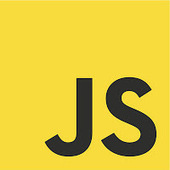The Model handles data and business logic
The View presents data to users through format and layout
The Controller receives user requests and calls back to the model to select a proper view
Allowing for clear separation between the presentation (UI) and application logic
Enabling easier maintainability and clarity.




 Your new post is loading...
Your new post is loading...













